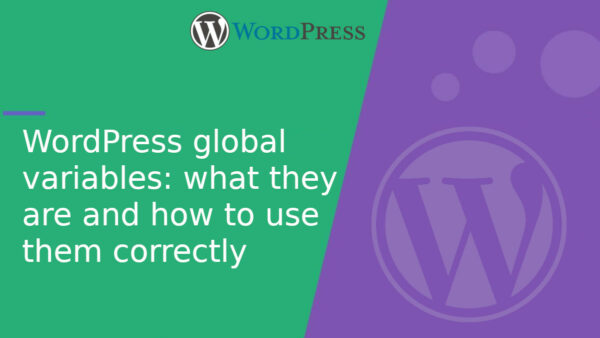Advanced Custom Fields (ACF) is a WordPress plugin that simplifies the creation and management of custom fields (text,…
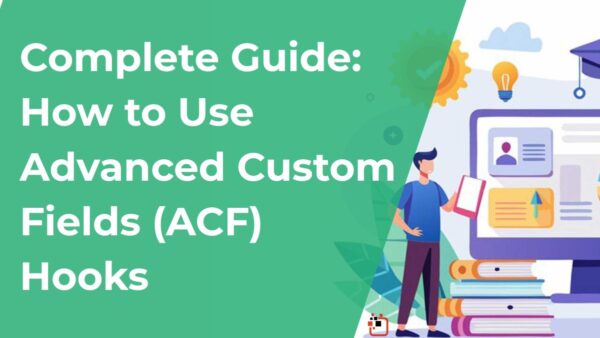
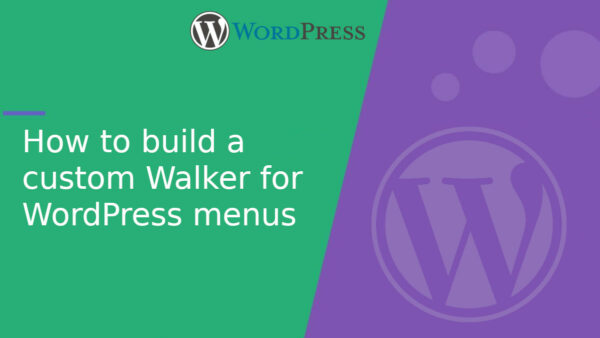
How to build a custom Walker for WordPress menus
n WordPress, custom menus are essential when developing advanced themes. While the wp_nav_menu()function is flexible, there are cases…
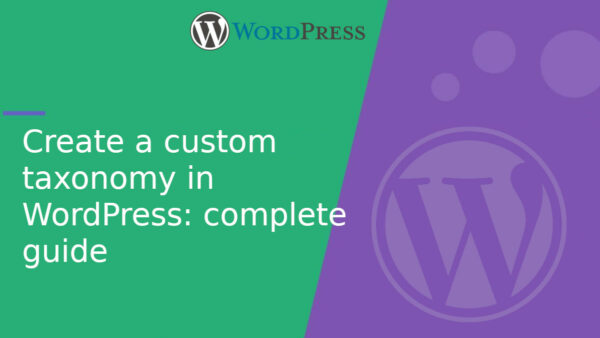
Create a custom taxonomy in WordPress: complete guide
In WordPress, taxonomies let you classify content in a flexible way. Beyond the built-in ones like categories and…

ACF in code: why it’s the best option
Advanced Custom Fields (ACF) is one of the most popular plugins for adding custom fields in WordPress. Its…

How to use HTTP Requests in WordPress: a practical guide with examples
When developing plugins or themes for WordPress, it’s common to need to connect to external services to fetch…

How to create a custom widget for Elementor step by step
If you use Elementor on WordPress, you probably already know how useful it is for designing pages visually….

Display your WordPress site from the root domain, installed in a subdirectory
Have you installed WordPress in a subdirectory like https://www.mywebsite.com/wp/but want your site to be accessible directly from https://www.mywebsite.com/?…
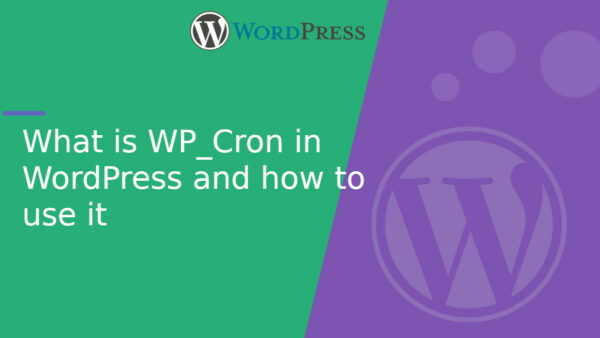
What is WP_Cron in WordPress and how to use it
When working with WordPress, one of the most important — yet often invisible — features is the task…

Forgot your WordPress password? 4 easy ways to recover it
It’s common to forget your WordPress login password, especially if you manage multiple sites or user accounts. Fortunately,…


